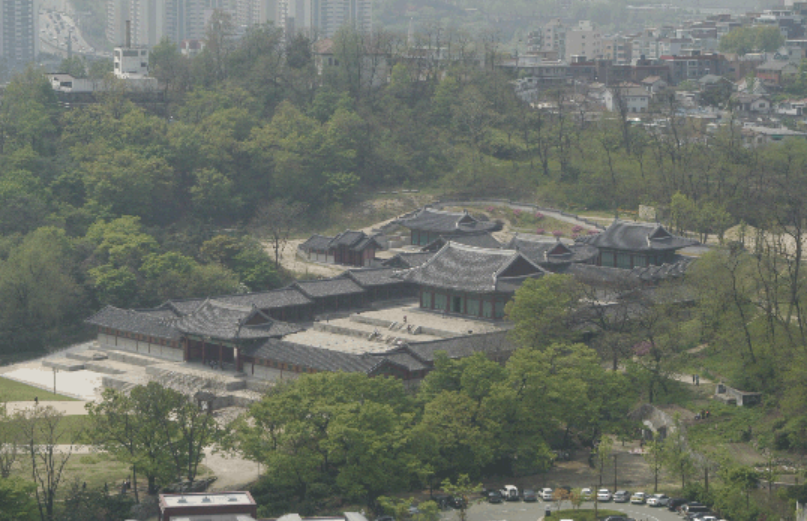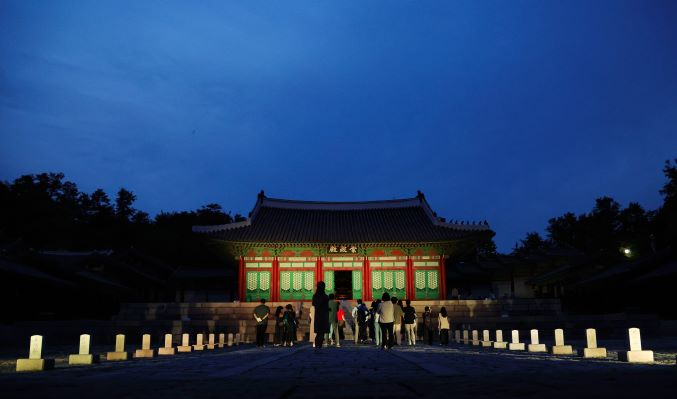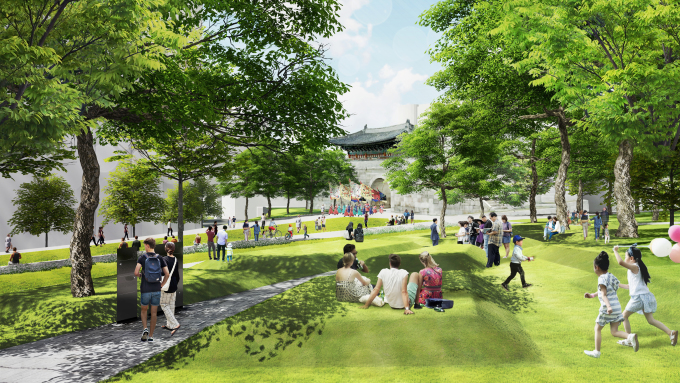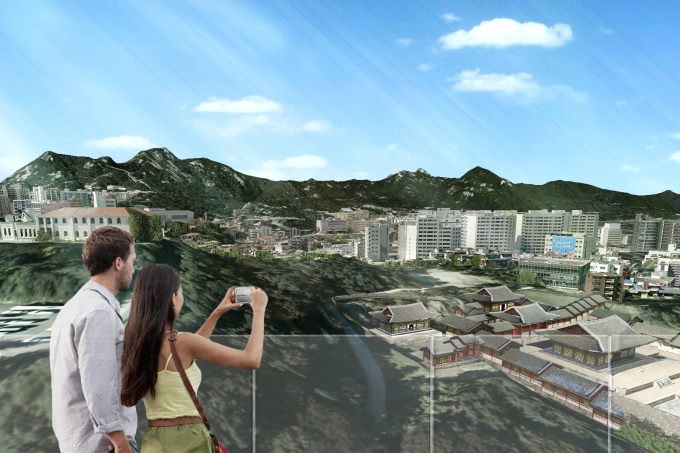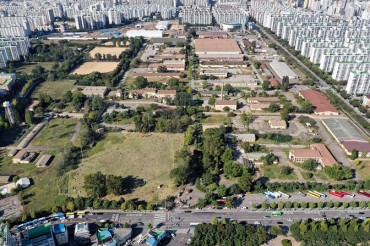SEOUL, July 17 (Korea Bizwire) – Gyeonghui Palace, one of Seoul’s five grand palaces built during the Joseon Dynasty (1392-1910), and its surrounding area will be transformed into a vast historical and cultural park approximately ten times the size of Seoul Plaza, the Seoul city government announced Wednesday.
As part of this ambitious project, the Joseon Dynasty’s fortress walls near Gyeonghui Palace and Donuimun, also known as the West Gate or Seodaemun, will be restored. An extensive green space will be created in and around the palace by 2035, enhancing its historical ambiance.
The city government will begin work this year to create a historical garden inside Gyeonghui Palace. Over the next decade, about 136,000 square meters of the palace and surrounding public land will be renovated.
The palace’s main and auxiliary gates will be refurbished, and facilities unrelated to its historical context, such as vehicle access roads, will be removed to establish a palace forest and a king’s garden.
Completed in 1623, Gyeonghui Palace was home to Kings Sukjong, Yeongjo, and Jeongjo before much of it was lost during the Japanese colonial rule from 1910 to 1945. Donuimun was also demolished in 1915 during the colonial period.
Despite its central location, Gyeonghui Palace remains relatively unknown to citizens, attracting only 1,500 daily visitors compared to Gyeongbok Palace’s 57,000 and Deoksu Palace’s 28,000.
The city government plans to incorporate four public institutions around Gyeonghui Palace, including the Seoul Metropolitan Office of Education and the Donuimun Museum Village, into the new historical and cultural park. Additionally, the Seoul Museum of History, built in 2002 next to the palace, may be relocated to better integrate the space.
Image credit: the city government of Seoul, Yonhap / photonews@koreabizwire.com


